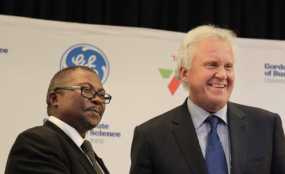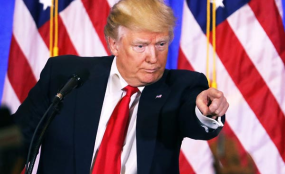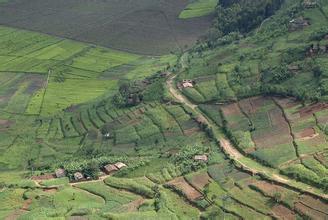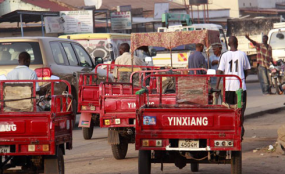By Martina Schwikowski
As Cameroon’s President Paul Biya hosted a luncheon for the national football team after their AFCON victory over Egypt, Anglophone Cameroonians are calling on the president to lift a ban on internet connection.
Sunday’s AFCON triumph of the Cameroonian national team over Egypt offered a glimpse of a united country, celebrating a historic victory. But on social media, the wave of protest is growing louder.
Cameroon’s national football team popularly known as ‘The Indomitable Lions’, is being honored with a luncheon by President Biya at the presidential palace in Yaounde, after they beat Egypt 2-1 to clinch the Africa Cup of Nations for the fifth time.
However, nothing has changed in the internet restrictions that have led to strong criticism of Biya by frustrated Cameroonians.
The internet in English-speaking regions of Cameroon has been paralyzed for nearly a month on the orders of the president. His cites security concerns as a reason behind the shutdown.
Critics of the internet ban
Edward Snowden, an American whistleblower and former CIA employee who is in exile in Russia, regularly criticizes the curtailment of human rights and imminent reprisals by the government.
Rebecca Enonchong, a frequent Twitter user from Cameroon, who works in the IT industry and has also been a member of the Global Advisory Committee for Women at the United Nations and the UN ICT Task Force, also spoken out against the internet ban.
The campaign#BringBackOurInternethas been steadily growing and trending for the last several weeks. The campaign is increasingly becoming a forum for young people to oppose repression by President Paul Biya “The Internet is a fast way to communicate via WhatsApp, Twitter or Facebook, which is practically a human right because it facilitates access to information on many relevant topics that people want to learn about,” said Wanjiku Mwaura, DW’s expert on social media.
“This is seen as a violation of human rights in the regions of Cameroon where the English-speaking population is affected by the ban, and they have no way of resolving their differences with the government,” she added.
The fact that English is arguably the world’s most spoken language is also contributing to the rise of social media protests. “Of course it [English] helps the Anglophone population in Cameroon to address a larger audience – millions of people use Twitter in English – which improves communication and increases the reach of their concerns,” Mwaura said.
For weeks, the West African nation has not had data connections. But only in the north-west and south-west of Cameroon, which use English as their official language. The crisis has intensified as a result of increasing strikes.
Bamenda turned to ghost town
More and more teachers have joined striking attorneys to express their anger at what they say is the neglect and marginalization of their populations in the bilingual country. They have stayed away from work turning cities like Bamenda to ghost towns.
Apparently, Cameroon’s government felt that the social networks had become a threat after activists called for general strikes. Mwaura is convinced that the protesters do not want violence but civil disobedience. “They are organizing protests in silence, through ghost towns. They want to draw their attention to their grievances and to talk to the government about their problems.”
Cameroon has two official languages: French and English. But in everyday life French is usually spoken. English-speaking teachers complain that French has too much influence in the schools in their region. The Anglophone people also feel culturally discriminated against.
At the end of last year, there were calls for a split. Those calls have only grown louder with the internet ban and Cameroon’s dual system is facing one of its greatest challenges since independence in 1962.
Ten people were killed in protests in Bamenda in December 2016. 5,000 government soldiers were promptly deployed to clamp down on the protest. Hundreds have since been arrested.










